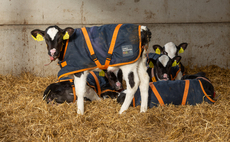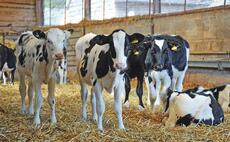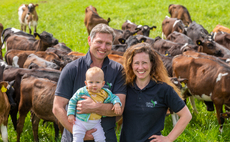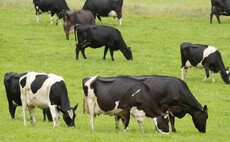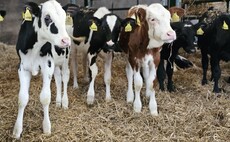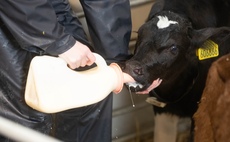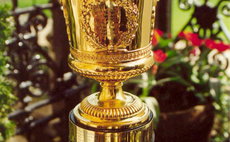youngstock
Dairy
At a recent open day at Buitelaar's Long Lane Development Farm, attendees heard how the company achieves industry leading calf rearing results
Dairy
New research from the Royal Veterinary College has revealed that nearly a third of calves in the UK experience bovine respiratory disease and subclinical pneumonia
Livestock
Pasteurisation is increasingly being used on farms to help calves get off to a good start
Dairy
Experts are urging farmers to safeguard dairy heifers from parasites at housing to maintain their health, growth, and productivity over winter
Livestock
Navel infections are a common issue in calves and globally 25-30% will have a navel infection early in life
Dairy
A high standard of colostrum management and a slow weaning process are two ‘non-negotiable' elements of calf rearing for Staffordshire-based Dan Lovatt, who milks 1,000 Jersey cross Friesian spring calvers across two site
Livestock
The importance of getting youngstock off to a good start and achieving efficient production were key themes at a conference organised by Trouw Nutrition and held in Coventry
Dairy
Feeding pre-weaned dairy calves the right amount of a proven, highly digestible calf milk formula is economically crucial to make the most of early life feed conversion efficiency
Livestock
Dairy calf rearers can derive a horde of animal health rewards by feeding high quality colostrum for longer and a recent farmer survey shows most farmers are open to the practice if it were shown to be beneficial with adjustments to labour, equipment, and facilities
Dairy
This year, in a break from tradition, the Gold Cup Open Day will see Bisterne Farms showcasing how their, low-input, grass-based, cross-bred herd took the win, highlighting how their focus and performance has resulted in them being victorious

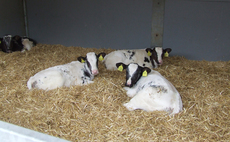
 16 July 2025
•
4 min read
16 July 2025
•
4 min read
